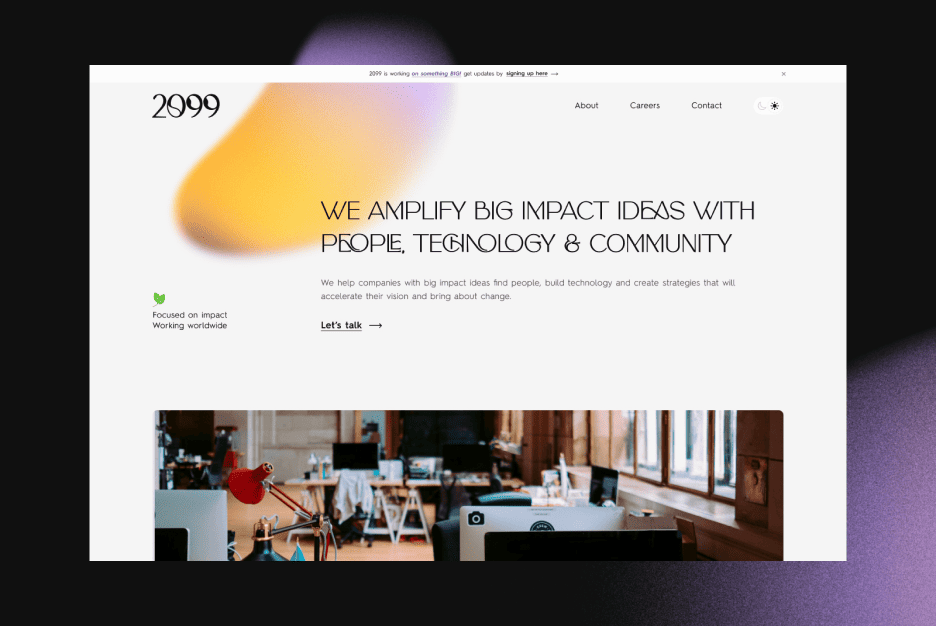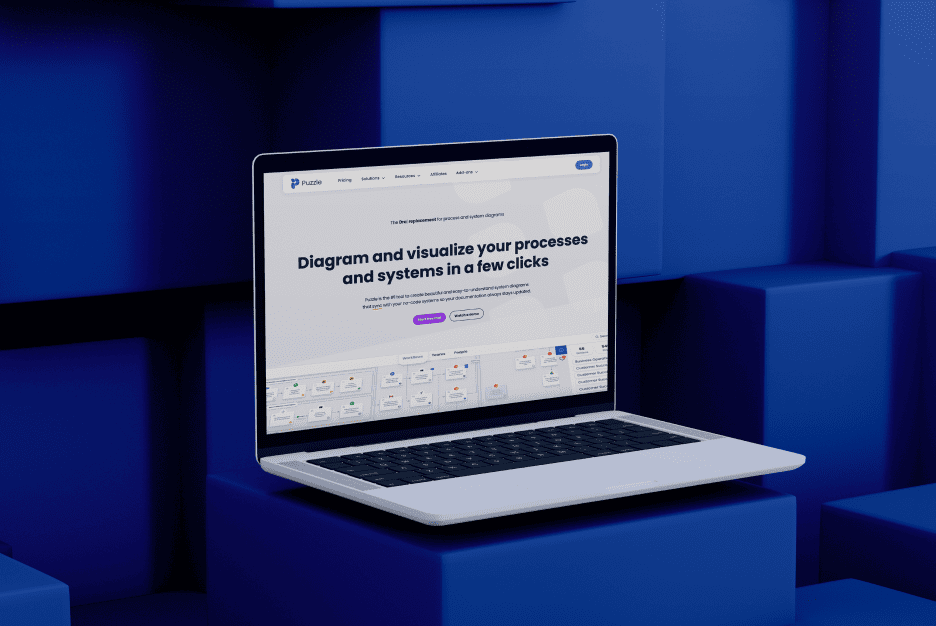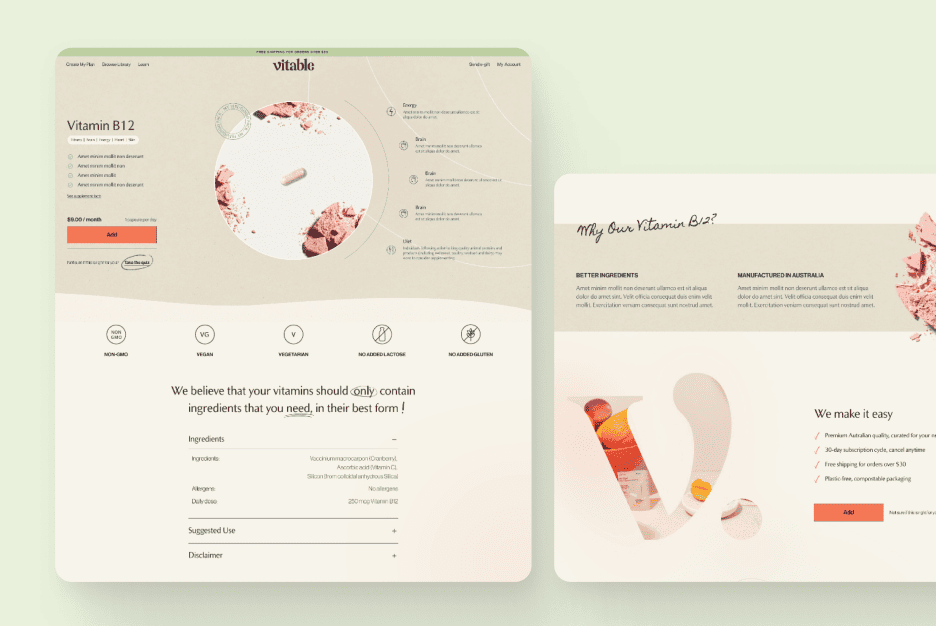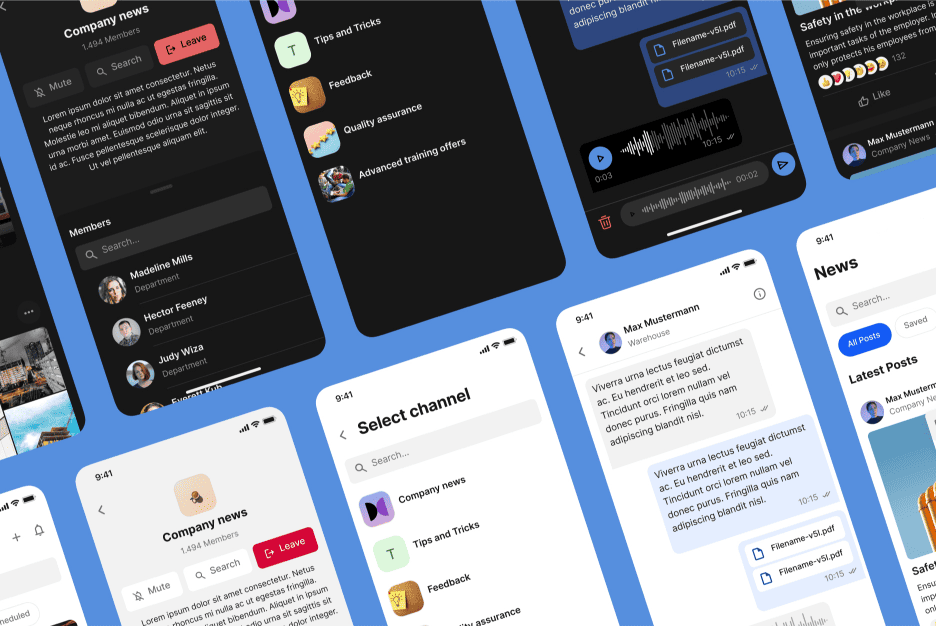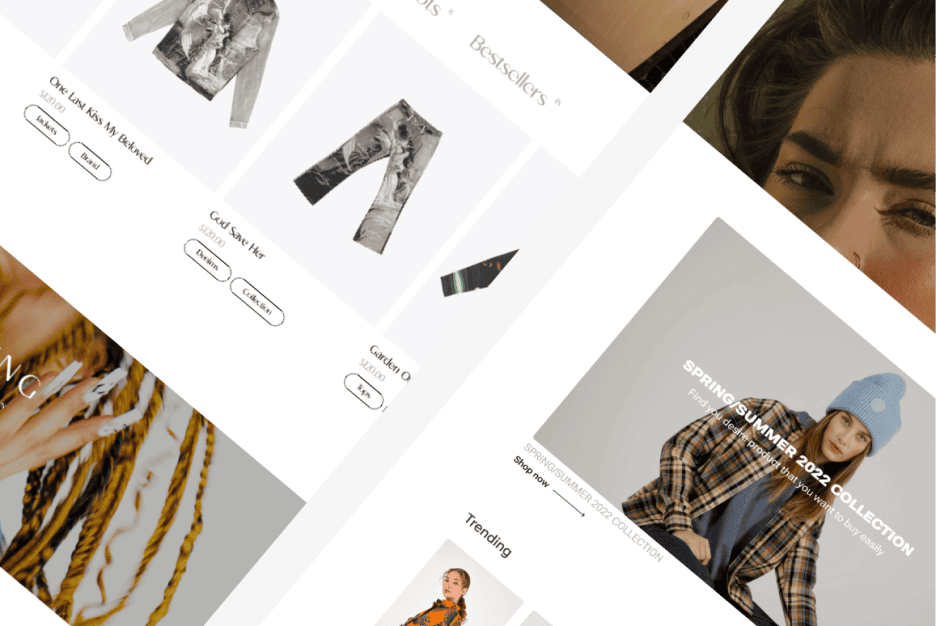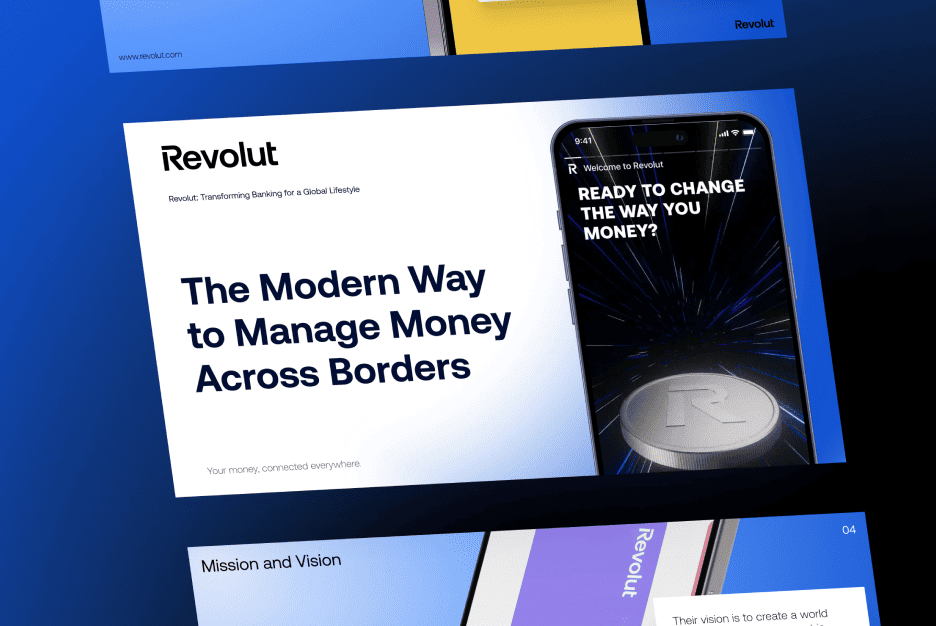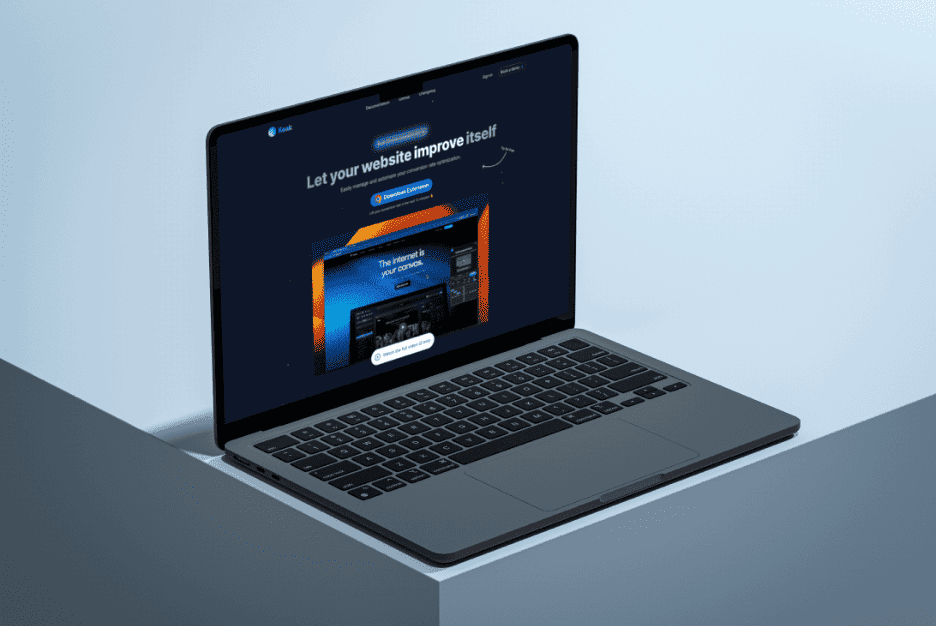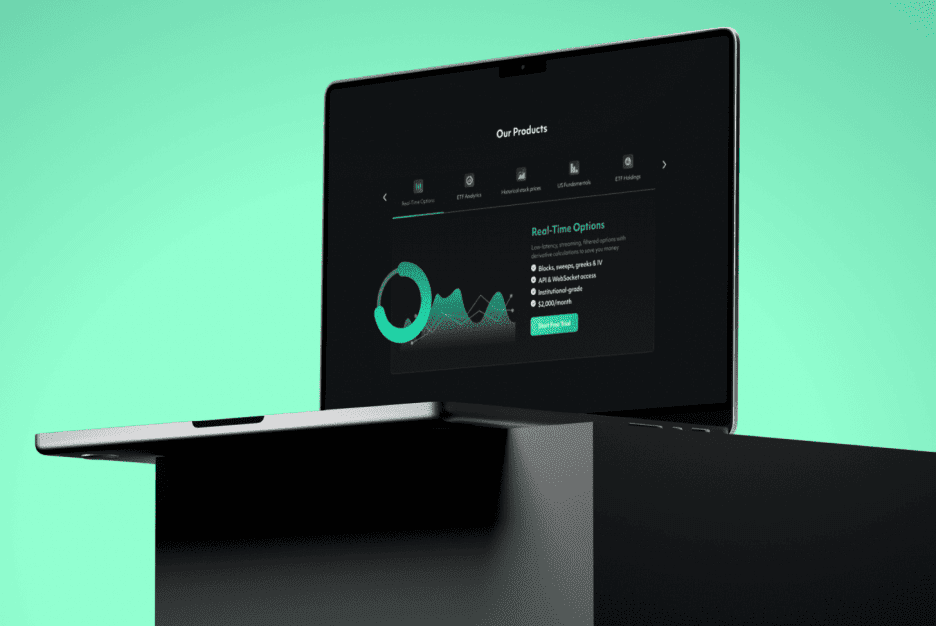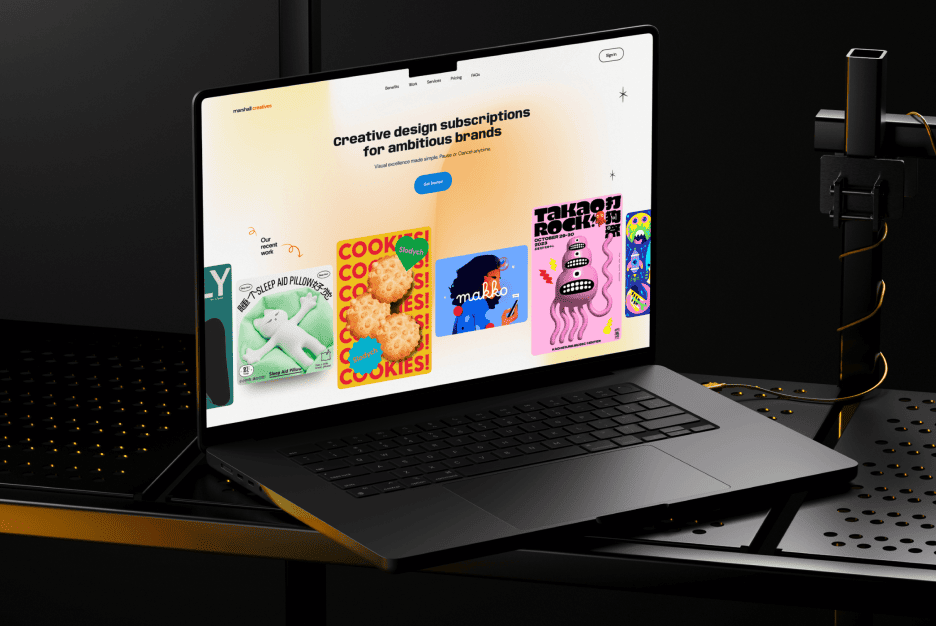Trust is the currency in business-to-business deals. Buyers don’t impulse-shop an agency; they stalk your site, compare options, ask for receipts, and only then book a call. If your pages feel vague or faceless, the conversation ends before it begins.
The upside? Credibility can be designed. You can structure content, showcase evidence, and remove doubts in a way that says, “we’ve done this before — and we’ll do it again,” without sounding like a brochure or a bot.
What E-E-A-T is and why it’s critical for B2B studios
E-E-A-T stands for Experience, Expertise, Authoritativeness, and Trust. Think of it as a risk-reduction lens used by real humans inside procurement and leadership. They’re asking: have you solved similar problems, do reputable organizations vouch for you, and can you handle sensitive information without drama?
Long sales cycles magnify uncertainty. When proof is scattered or buried, decision-makers bounce. Map your content to the four pillars and make signals impossible to miss — not just on the homepage, but across every stage of the buyer’s research journey.
A quick reality check
Could a skeptical CFO land on your site and, in under two minutes, see who you are, what you shipped, for whom, and with measurable outcomes? If the answer is “maybe,” you’ve got low-hanging fruit.
Treat E-E-A-T like a checklist, not a buzzword. Tighten messaging, surface facts, and show the receipts where people naturally look.
How founders’ and team experience impacts client trust
People hire people, not logos. Lead with lived practice: regulated industries you’ve navigated, constraints you handled, and results you delivered. “Cut KYC steps without hurting conversion” speaks louder than “10+ years of experience.”
Credentials aren’t just diplomas and awards. Conference talks, open-source contributions, and battle-tested frameworks all count. Even a short write-up on Mobile App Onboarding for a high-growth product can nudge a cautious stakeholder from curious to confident.
Bios that convert skeptics
Start bios with outcomes, not job titles. Name recognizable clients where allowed, and link to artifacts — recordings, decks, repos — so visitors can verify, not just believe.
Keep profiles skimmable yet rich. Mention who leads delivery, who owns design systems, and who translates between product and engineering when deadlines bite.
Which website pages strengthen perceived E-E-A-T
Not every URL carries equal weight. Some pages persuade, others simply support. Prioritize sections that answer real objections: “are these folks reliable, fast, and safe to work with?”
Before touching pixels, map each page to a pillar: where you prove experience, highlight expertise, show outside recognition, and make trust explicit. You’ll spot gaps fast — usually around process clarity and risk handling.
High-impact page lineup
Here’s a practical set of pages that consistently punch above their weight, especially when aligned with your Organizational Branding narrative:
- About the company (mission, leadership, governance story)
- Services with scope, timelines, and boundaries
- Case studies with metrics and constraints
- Portfolio with context, not just pretty shots
- Team page with real humans and roles
- Security & privacy explained in plain language
- Blog with original analysis and field notes
- Contact with clear next steps and expectations
The team page as a competence showcase
A grid of headshots won’t move a B2B buyer. Turn that gallery into a competence map: who leads research, who runs design systems, who speaks developer, and who manages complex rollouts. Tie people to industries and outcomes so visitors can connect names with value.
Add light filtering by skill or sector to help a prospect find “design-system lead for healthcare” or “PM with enterprise experience.” Link profiles to public talks, patents, or workshops. Mentoring roles and teaching gigs add credibility that matters for serious buyers.
Make people findable
Show working styles and responsibilities. Prospects want to know who will be in their Slack channel and who signs off on quality when things get busy.
Include short anecdotes — the sort that make someone think, “these are the folks I want on my side,” not just “these people look friendly.”

Project portfolio as proof of professionalism
A wall of screenshots looks cool and convinces no one. Wrap every item with a compact narrative: the problem, constraints, the levers you pulled, and the outcome. If performance improved, say how you measured it; if adoption grew, show proxy metrics when hard numbers are under NDA.
Call out domain complexity. If you’ve shipped for a SaaS Website, highlight roles/permissions, dashboards, and billing edge cases. If you’ve worked on Checkout Website Designs, discuss error states, alternative flows, and how you reduced drop-offs when users got distracted or payment providers misbehaved.
Context that sells
Name the team size, the timeline, and what you would change in hindsight. That level of honesty builds more confidence than a thousand glossy mockups.
Where relevant, mention tooling and collaboration — not buzzwords, but specifics that reassure tech-savvy stakeholders.
Client case studies as evidence of tangible outcomes
Case studies are your power plays. They demonstrate rigor under constraints and show that you deliver when it matters. Treat them like mini reports: hypothesis, approach, tough trade-offs, and measurable impact. Mask sensitive data if needed, but keep the structure intact so executives can judge the quality of thinking.
Standardize the template so producing new stories is repeatable. Consistency reduces production friction and makes comparisons easier for buyers.

What a strong case should include
Introduce the goal, then cover these beats in order:
- Business context and success criteria
- Risks and constraints you couldn’t ignore
- Decision points and rejected options (with reasons)
- Implementation details and collaboration model
- Outcomes with metrics, plus lessons learned
Testimonials and partner recommendations to reinforce authority
Social proof works best when it’s specific. “Great team!” is nice; “Cut onboarding time by 27% without adding support headcount” is gold. Pair quotes with a logo, job title, and a link to the relevant project page. If you have video clips, even better — hearing a real voice beats reading a sentence.
Third-party platforms add an extra layer of credibility. Linking to independent reviews or public write-ups shows you’re not cherry-picking. Rotate quotes near relevant content so the right praise appears next to the right offer.
Placement and format
Use short pull-quotes on service pages, then reserve longer narratives for portfolio and case studies. Organize by industry and problem type to help visitors find what matters to them.
Whenever possible, connect testimonials to metrics or operational wins. Specifics beat adjectives every day of the week.
Blog and expert content as a signal of expertise
Blog posts can do far more than chase keywords. Publish field notes, teardown analyses, and comparison pieces that show you think like an operator. Heavyweight guides mixed with lighter insights build a reputation faster than generic listicles.
Don’t dodge complex topics. Write about research tactics, design for gnarly flows, and how you evaluate AI features responsibly. If you’ve collaborated with universities, lessons learned from College Websites demonstrate sector fluency and make education buyers pay attention.
Editorial rhythm that sticks
One substantial article each month plus a few shorter updates keeps you top-of-mind without burning the team out. Teach something real, don’t just recap trends.
Invite your specialists to co-author. Shared ownership raises quality and spreads the workload.
Process content to increase transparency
Process pages calm nerves. Walk prospects through discovery, research, design, validation, handoff, and post-launch support. Spell out who does what, when decisions get made, and how scope changes are handled. Even a simple flowchart can quiet anxious stakeholders.
Behind-the-scenes write-ups work well here. Share how you run usability studies, de-risk launches, or facilitate workshops. If your team tackles Mobile App Onboarding or streamlines payments, highlight the playbook you use when optimizing Checkout Website Designs so prospects can picture the engagement.
Set expectations early
List typical deliverables and timelines for common project types. Clear expectations reduce misunderstandings and speed up approvals.
Explain collaboration etiquette — meeting cadence, tools, and response times. That kind of clarity signals maturity before anyone signs a contract.
Privacy policy and client data security
Security isn’t just an engineering concern. A transparent privacy page, data-retention notes, and your approach to access control show respect for confidentiality. If you rely on subprocessors, name them. If you follow standards, explain them in plain language so non-technical readers can follow.
Be explicit about how you manage assets, staging environments, and handover. When experiments touch user information or involve AI components, describe review steps and safeguards. This is also a good place to link an incident-response workflow and a dedicated security contact.
Extra reassurance without the jargon
Include a short FAQ that addresses NDAs, IP ownership, backups, and who holds admin rights during and after delivery. Practical answers beat legalese.
Surface your privacy and security pages in the footer and on contact forms. People can’t trust what they can’t find.
Want a fast win path? Start by adding outcome-focused intros to portfolio entries, standardize the case-study structure, refresh team bios with concrete achievements, and publish one clear process page. If your core work lives in software, say it plainly — highlight complex flows from a SaaS Website, surface lessons from College Websites, and tie everything back to a cohesive Organizational Branding story. When your site radiates real-world experience and responsibility, the acronym stops being a buzzword and starts operating like a moat.
